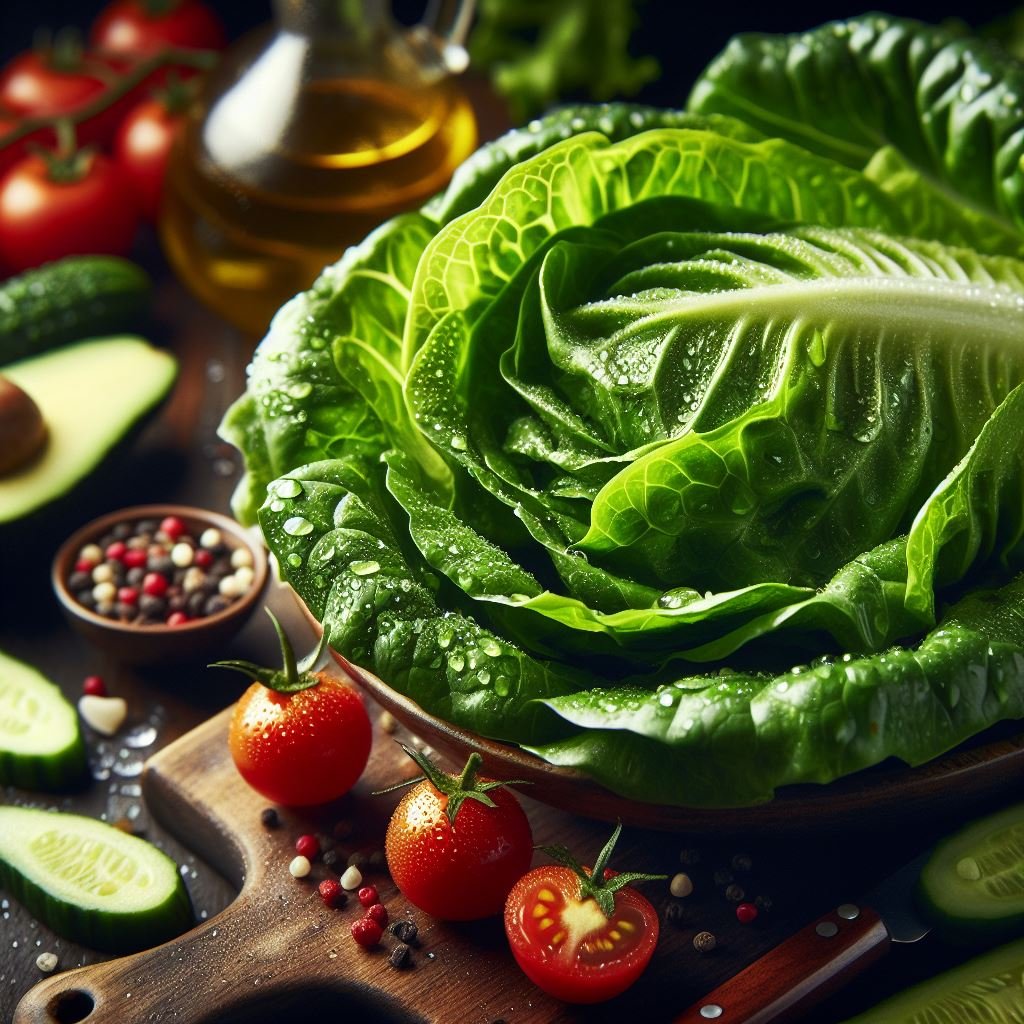How to Harvest Romaine Lettuce
Welcome to our expert guide on how to harvest romaine lettuce! Whether you're a gardening enthusiast or a newbie looking to enjoy the freshest romaine lettuce from your own garden, you've come to the right place. In this comprehensive article, we'll guide you through the entire process of harvesting romaine lettuce, from planting to picking, ensuring that you have a bountiful and delicious harvest. So, let's get started and learn how to harvest romaine lettuce like a seasoned gardener!
Complete Guide on Harvesting Romaine Lettuce
The anticipation of enjoying your homegrown, fresh, and crispy lettuce is well worth the wait. Here's a step-by-step guide on how to harvest romaine lettuce like a pro:
1. Timing is Key
Patience is indeed a virtue when it comes to harvesting romaine lettuce. Timing is crucial to ensure you pick your lettuce at the peak of flavor and texture. Here's how you can determine the right moment:
Check for Full Formation: Wait until your romaine lettuce heads are fully formed. You can tell they are ready when they reach a compact and firm state. This typically occurs around 70-85 days after planting, but it may vary slightly depending on local conditions and the specific romaine variety you're growing.
Feel for Firmness: Gently squeeze the lettuce heads. They should feel solid and dense, indicating that they have reached their maximum size and are ready to be harvested.
2. Morning Harvest
The time of day you choose to harvest your romaine lettuce can significantly impact its quality and taste. Here's why morning harvesting is recommended:
Optimal Freshness: Early in the morning, the lettuce leaves are still filled with moisture from the overnight dew. This results in the freshest and crispiest romaine lettuce you can imagine.
Reduced Heat Stress: Harvesting in the morning also minimizes heat stress on the lettuce leaves. As the day progresses, the sun can cause the leaves to wilt and lose some of their crispness.
3. Cutting the Heads
Now that you've determined the perfect timing and chosen the ideal time of day, it's time to harvest your romaine lettuce heads. Follow these steps for a clean and successful harvest:
Gather Your Tools: Before you begin, make sure you have a sharp knife or garden shears at the ready. Dull tools can crush the lettuce heads, leading to less appealing results.
Position Yourself: Approach the romaine lettuce plant from the side, so you have a clear view of the base of the head.
Cut at the Base: Using your sharp knife or shears, carefully cut the romaine lettuce heads at the base, just above the soil level. Ensure that you make a clean, straight cut. This method allows for the most straightforward and hygienic harvest.
Avoid Damage: Pay close attention not to damage neighboring plants while cutting. Maintaining the health of the surrounding garden is essential for continued growth and future harvests.
Bonus Tips for Harvesting Romaine Lettuce
To make your romaine lettuce harvesting experience even smoother, consider these additional tips:
Harvest as Needed: While it's exciting to harvest entire heads, you can also enjoy a continuous supply of fresh lettuce by plucking outer leaves as needed. This allows the inner leaves to keep growing, extending your harvest season.
Harvest Regularly: To encourage further growth and ensure your romaine lettuce plants remain productive, harvest regularly once they reach maturity. Frequent harvesting promotes the development of new leaves and heads.
Proper Storage: After harvesting, place your romaine lettuce heads or leaves in a plastic bag or airtight container. Store them in the refrigerator's crisper drawer to maintain freshness for up to two weeks.
With these expert insights and a bit of practice, you'll soon become a romaine lettuce harvesting aficionado. However, if you want to know what is the proper way to keep the lettuce regrow, check the post offered by Spider Farmer: How to Harvest Romaine Lettuce to Keep It Growing
FAQs about How to Harvesting Romaine Lettuce
Q: How should I store harvested romaine lettuce?
A: To maintain the freshness and crispness of your freshly harvested romaine lettuce heads, follow these storage guidelines:
First, gently remove any excess soil from the heads, but do not wash them.
Next, place the heads or leaves in a clean, plastic bag, ensuring that there is no excess moisture inside the bag.
Squeeze out as much air as possible from the bag before sealing it. This minimizes moisture buildup and prevents wilting.
Store the sealed plastic bag in the refrigerator's crisper drawer, which is designed to maintain optimal humidity levels for leafy greens.
Romaine lettuce stored this way should stay fresh for up to two weeks.
Q: Can I harvest individual leaves instead of the entire head?
A: Absolutely! You can gently pluck the outer leaves as needed, allowing the inner leaves to continue growing for future harvests.
Q: When is the best time of year to plant romaine lettuce?
A: Romaine lettuce thrives in cooler temperatures and is considered a cool-season crop. To achieve the best results, early spring is a good time to start. Plant romaine lettuce in early spring, just as the soil begins to thaw and temperatures start to rise. This allows the lettuce to mature before the heat of summer arrives.
Conclusion
Congratulations! You've now mastered the art of harvesting romaine lettuce like a pro. With the right planting, care, and harvesting techniques, you can enjoy a bountiful supply of fresh and crispy romaine lettuce straight from your garden. Gardening is not only rewarding but also a fantastic way to connect with nature and relish the fruits (or in this case, vegetables) of your labor. Happy harvesting!






